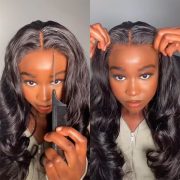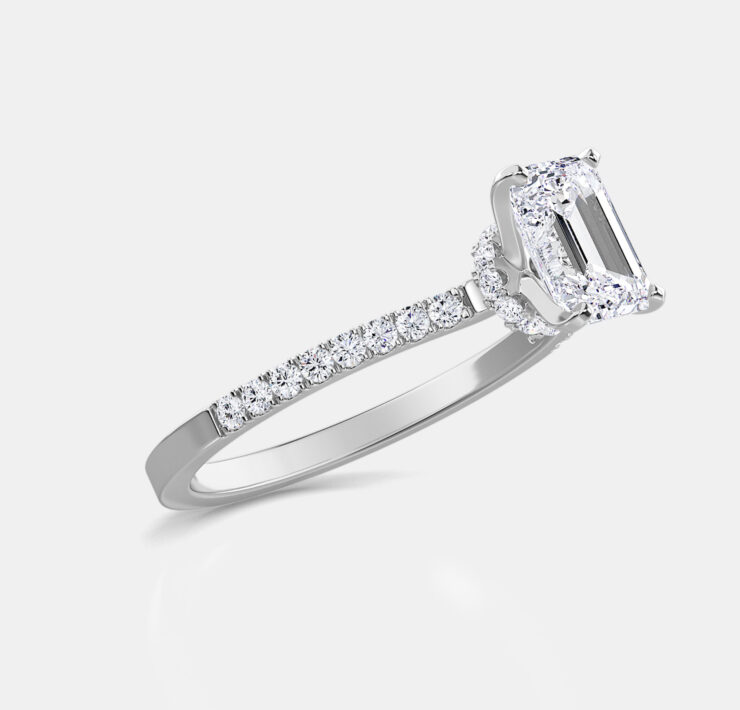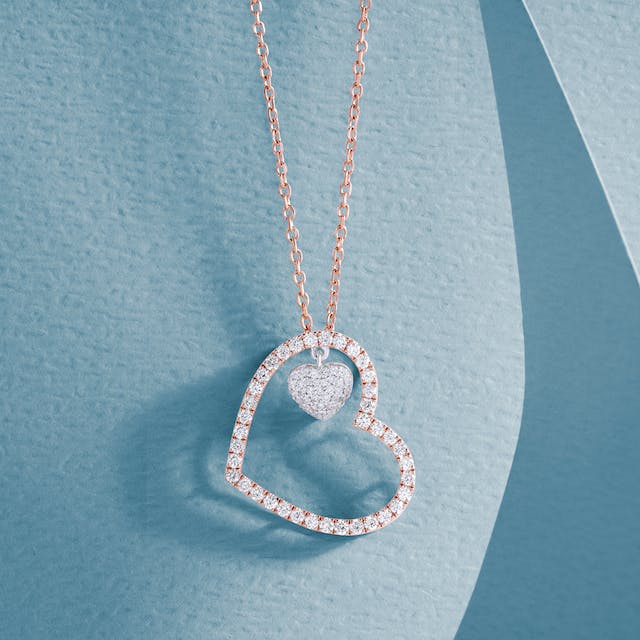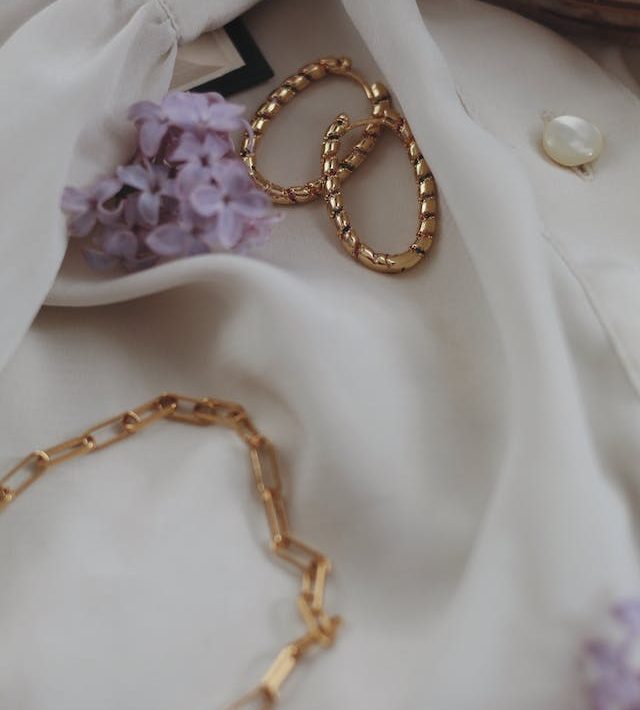Evolution of European fashion between 1400 and 1500

Learn about the various fashion trends during the 1400-1500 era and see how they affected European style. Get to know about the different types of clothing that were popular during this time and find out the influences that they had.
Overview of the Fashion Industry
The European fashion industry is worth over $550 billion and employs more than 500,000 people. It’s one of the world’s most vibrant and rapidly growing industries, with a growth rate of 4% annually.
European designers are known for their innovative styles and high-quality standards, which has made them some of the most sought-after names in fashion. This has increased demand for European fashion at home and abroad. Europe is also responsible for a significant amount of global fashion sales – accounting for around 30% of total global sales.
Several major apparel brands have headquarters in Europe, including Adidas, Nike, and Lululemon. In addition, thousands of small to medium-sized businesses provide products and services related to clothing design and manufacturing. They employ tens of thousands of people across the continent, making it one of the key sectors that benefit from EU membership.
Fashion Industry in Europe
The fashion industry has been rapidly changing over the past few years and nowhere is this more evident than in Europe. In recent years, European designers have been gaining a lot of popularity, and the quality of their clothing is often compared to that of the world’s top designers.
Part of this is likely due to the changing climate in Europe. There are now more opportunities for people to start their businesses, which means greater competition for jobs and customers. As a result, companies are looking for innovative and stylish products that can differentiate them from their competitors.
European fashion designers are also known for their strong sense of style. They often pay close attention to the latest trends, which means they’re always able to create clothing that looks current and stylish. And since Europeans are generally less conservative in fashion than other regions of the world, they often embrace new trends early in their development stages.
Evolution of European fashion between 1400 and 1500
European fashion underwent a dramatic transformation as new styles and trends were introduced. The Middle Ages were a time of great innovation in the arts, which was undoubtedly reflected in fashion. As European society grew more complex and affluent, people began to dress formally and stylishly.
One of the most popular styles at this time was the Renaissance look. This involved dressing in clothing that was brightly colored and exaggeratedly cut, with lots of jewelry and accessories. Men wore long tunics that reached their feet, while women wore tight-fitting gowns with high necklines and sheer sleeves.
Other popular styles during the Renaissance included the garter belt and pantalettes (breeches). These garments were typically made from silk or woolen fabric tightly fitted around the legs and hips, giving them a sleek look. Manufacturers also started producing luxurious fabrics like velvet, which became fashionable for men’s suits.
As Europe continued to develop throughout the Renaissance, new fashions reflected its changing social values. For example, courtly fashion emphasized refinement and elegance over practicality, while religious themes became more prominent in clothing designs. Eventually, classical antiquity became associated with luxury fashion in Europe, fuelling further innovation in design.
In particular, the clothing of courtiers in Europe became coveted by wealthy civilians. This was because these clothes showed off their wealth and status in society while also making them look beautiful. As a result of all this innovation and change in fashion, European style began to take shape and develop its unique characteristics.
Conclusion
European fashion has been on the rise in recent years, and there are many reasons for this. The range of styles available is more comprehensive than ever before, and the quality of the clothes and the designers is high.
As well as this, Europe has some of the best fashion industry infrastructure in the world so companies can move their operations to European countries with relative ease. This means that a wealth of talent is available to help shape European fashion into what it is today.
In conclusion, European fashion is definitely on the rise, and there’s no reason it won’t continue doing so in the future. It’s full of style, sophistication, and innovation, making it one of the most popular.







